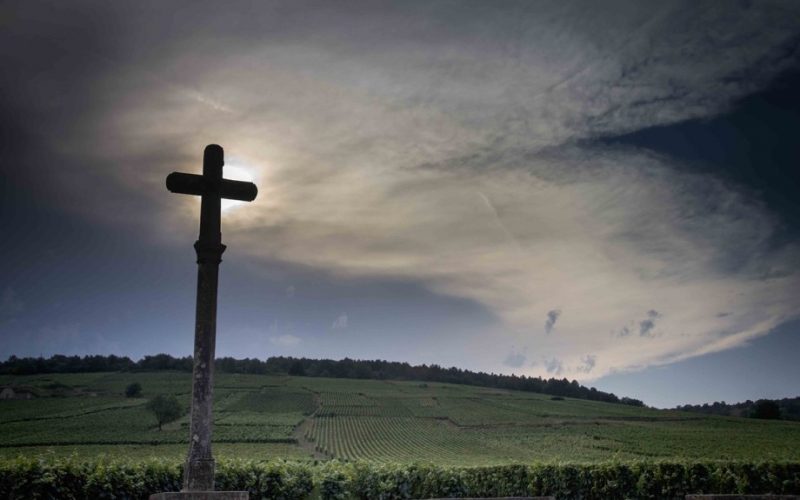It happens to me more and more often that when I am asked about pinot noir I hesitate to answer, because my idea of it has changed as the years have gone by. Once upon a time, increasingly distant, it was my favourite grape, now I recognise that not so much, although when I come across a good one, oh my friend, I am immediately converted again.
Generally speaking, for me, pinot noir is red fruit. Cherry, strawberries and raspberries. Also roses, silk, elegance, finesse, class and seduction. And of course, mythical vineyards. But it is unfair to be vague about these small details, because pinot noir is really much more, as it varies greatly depending on its terroir. In the exquisite green garden between Dijon and Beaune (less than fifty kilometres) alone, we can find countless differences depending on the villages, soils and sun exposure: Gevrey-Chambertin, Morey-Saint Denis, Chambolle-Musigny, Vosne-Romanee, Aloxe-Corton…
But pinot noir not only dazzles in Burgundy, even if it dominates the world from here, but also in various parts of New Zealand, whose pinots tend to remind me of wilted rose petals, finding magnificent examples in Marlborough, Martinborough or Central Otago. It also shines in the United States, especially under the cold of Oregon or in California, whose wines tend to be more technological, almost always round, especially in cool areas such as Napa, Sonoma, Carneros or Santa Barbara. These countries are only examples, because there are other places where we can find excellent pinot noir. This multitude of examples may lead the reader to think that it is a variety that adapts very well to different soils and climates, when this is not really the case, as it is a grape that expresses itself much better in cold and humid soils than in warm ones.
However, the brilliance and seduction of pinot noir is increasingly reflected in its price, which is unfairly favoured by producers whose merit is reduced to having a vineyard in one of the aforementioned wine-growing areas. In recent years, the prices of Burgundy wines have become prohibitive, even more so when we want to enjoy a premier cru or grand cru. In view of this situation, there is no choice but to search for good small producers at affordable prices. It is not an easy task, but there are some, and when you find them, a good pinot noir, like Paris, is well worth a mass.
